6 Types and Varieties of Most Famous Orchids
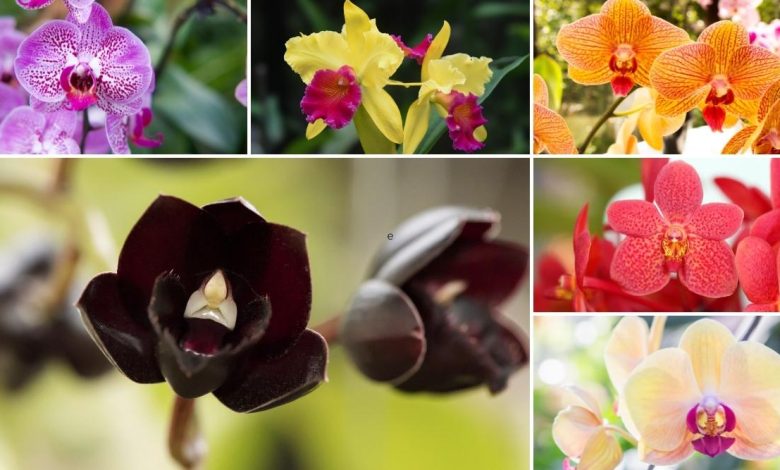
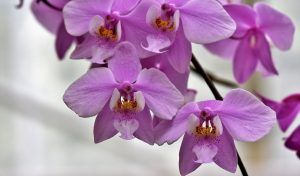 Orchids grow in different climates, making them the most numerous ornamental plants on the planet -30,000 species-, where they are widely sought after for the unusual splendor of their beauty.
Orchids grow in different climates, making them the most numerous ornamental plants on the planet -30,000 species-, where they are widely sought after for the unusual splendor of their beauty.
They are vascular plants that in Spain we obtain in about eighty species of great spectacularity and beauty.
Precisely in that, in its beauty, is where its value lies in almost the whole world, although there are places, such as Mexico, where vanilla is extracted from them, and in Turkey a drink is prepared originating from the underground stems of the wild orchids which seem to have aphrodisiac properties.
In short, some varieties of orchids are the following:
Phalaenoses
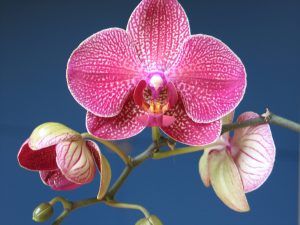 It is the most popular type of epiphytic orchid (it grows on the branches of trees), and therefore the most commercialized, due to its white, elegant, butterfly-shaped flowers.
It is the most popular type of epiphytic orchid (it grows on the branches of trees), and therefore the most commercialized, due to its white, elegant, butterfly-shaped flowers.
They are native to the tropical forests of Southeast Asia, easily reproduced in cuttings and do not present difficulties in care. They have more than 50 different species, all of sublime beauty.
They are characterized by being of a single color or of different shades combined. Its leaves are evergreen, glossy, green. The flowers arise from a long stem, about 90 centimeters, and they sprout the same in spring, summer and autumn.
dendrobium
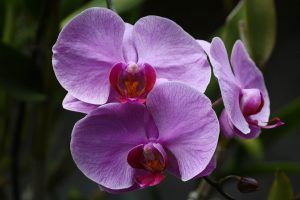 The family of this epiphytic or lithophytic species (it grows on rocks) is characterized by its narrow leaves, which are born from the central stem, so its flowers are scattered, although of extraordinary beauty.
The family of this epiphytic or lithophytic species (it grows on rocks) is characterized by its narrow leaves, which are born from the central stem, so its flowers are scattered, although of extraordinary beauty.
It is an indoor orchid sensitive to cold, so it can be grown outdoors as long as there are no low temperatures.
Its interior location should be in a place where it does not get direct sunlight, although it needs light to maintain its beauty.They come from Indonesia, Papua New Guinea and the Philippines.
cymbidium
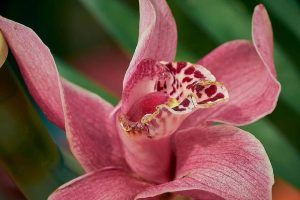 It comes from Africa, tropical Asia and Australia. It is a type of epiphytic and terrestrial orchid highly sought after for its fragrance and for having a waxy appearance.
It comes from Africa, tropical Asia and Australia. It is a type of epiphytic and terrestrial orchid highly sought after for its fragrance and for having a waxy appearance.
Cymbidiums have evergreen leaves and long-lasting flowers (two months), which is why interior and exterior design companies use them in their decorations. Its flowering is in autumn and winter.
It is an indoor plant that needs light and can be outdoors if it is not in direct sunlight. It is able to resist light and brief frosts without suffering damage.
Cattleya
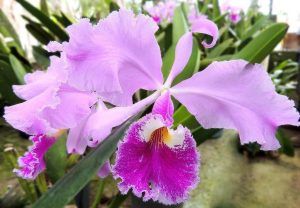 Originally from the Caribbean, Costa Rica and Argentina, the cattleya (epiphyte or lithophyte) has the history of being the first orchid to reach Europe where it was considered the «queen of orchids» until it was dethroned by other recent varieties.
Originally from the Caribbean, Costa Rica and Argentina, the cattleya (epiphyte or lithophyte) has the history of being the first orchid to reach Europe where it was considered the «queen of orchids» until it was dethroned by other recent varieties.
Its main characteristic is its yellow and white flowers, with large red labels -some of them 30 cm in diameter-, which display intense colours.
It is one of the most cultivated varieties by orchid lovers in the world. Its flowering is spring. It needs a lot of light, it even accepts direct sun, but not at midday.
Vanda
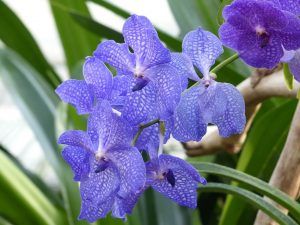 Coming from India, tropical Asia and Australia, the vanda is an example of an aerial monopodial orchid that feeds on the humidity of the environment.
Coming from India, tropical Asia and Australia, the vanda is an example of an aerial monopodial orchid that feeds on the humidity of the environment.
They are spectacular flowers, blue, white, yellow, red,orange, of great size, that seem to be suspended in the air because they drop reluctantly from the branches of the trees.
They are marketed as houseplants that require basic care, such as regularly spraying water on their roots. They bloom all year round and require a lot of light without direct sun.
Oncidium
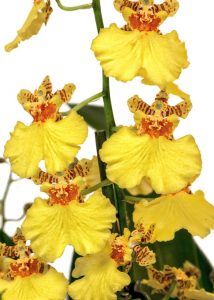 These type of spring-blooming epiphytic orchids are given two other exotic names that describe their natural beauty:
These type of spring-blooming epiphytic orchids are given two other exotic names that describe their natural beauty:
“Orchid rain of gold”, for its yellow flowers of sublime beauty, and “dancing lady” for the large number of small flowers that populate its branches resembling dancers to the beat of the wind.
It can be outside in a place protected from the sun and they are native to Mexico, Brazil, Bolivia, Paraguay and Florida.

![Photo of Camellia Cuttings: [Concept, Period, Rooting and Planting]](https://www.complete-gardening.com/wp-content/uploads/2022/08/camellia-cuttings-concept-period-rooting-and-planting-300x220.jpg)

![Photo of Boxwood Cuttings: [Concept, Period, Rooting and Planting]](https://www.complete-gardening.com/wp-content/uploads/2022/08/boxwood-cuttings-concept-period-rooting-and-planting-390x220.jpg)
